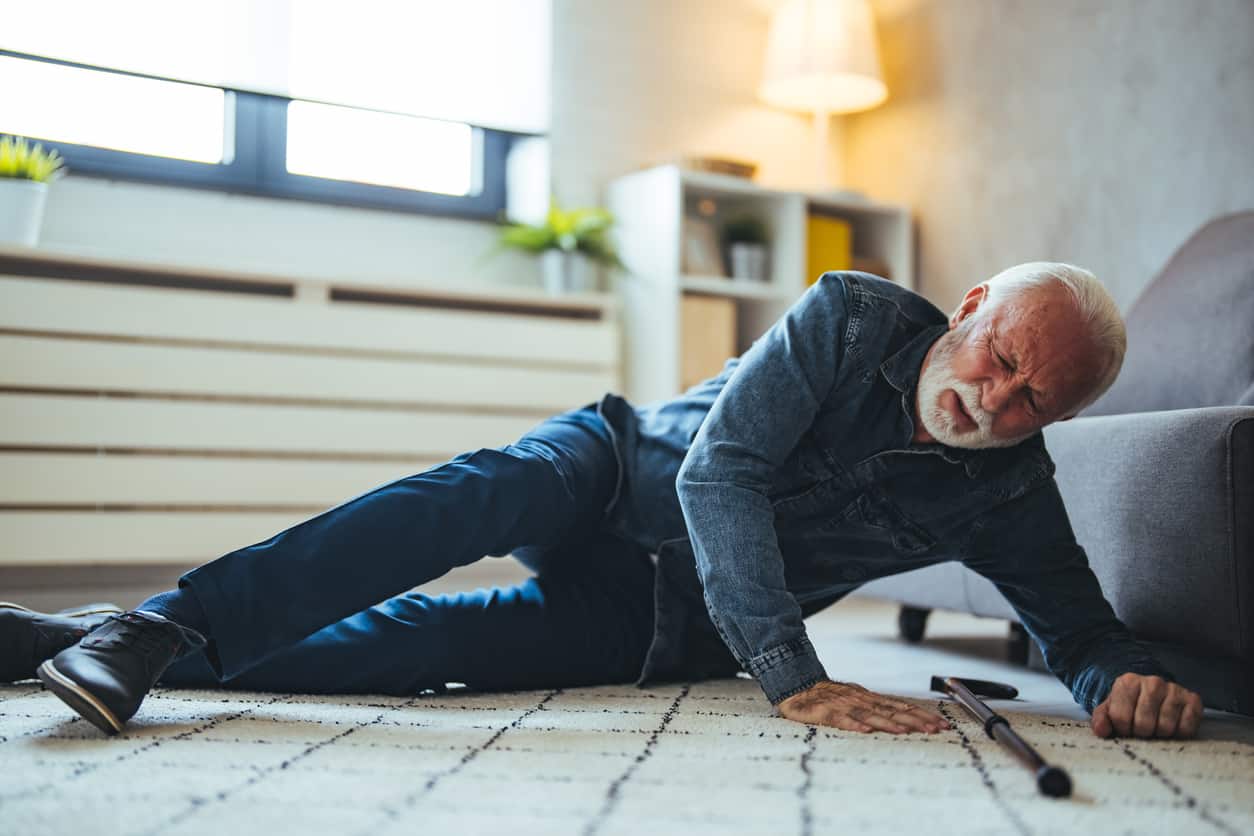Introduction:
In the journey towards recovery from injury or surgery, every step counts. However, when mobility becomes a challenge, especially navigating stairs, the path to rehabilitation can seem daunting. Thankfully, technological advancements have provided innovative solutions to aid in this process. One such solution gaining popularity is the use of stairlifts. These remarkable devices offer a literal lift towards recovery, enabling individuals to navigate stairs with ease and safety, thereby facilitating their rehabilitation journey.
Understanding Stairlifts:
Stairlifts are mechanical devices installed on staircases to transport individuals up and down. They typically consist of a chair or platform that moves along a rail attached to the staircase. The user can simply sit or stand on the lift, and with the push of a button or flip of a switch, they are smoothly transported to the desired floor.
Facilitating Rehabilitation:
For individuals recovering from injury or surgery, mobility limitations can significantly impede their progress. Staircases, in particular, present a significant obstacle. Simple tasks like ascending or descending stairs can become daunting challenges, potentially causing further strain or injury. Stairlifts provide a solution by eliminating this obstacle entirely. By effortlessly transporting individuals up and down stairs, stairlifts enable them to focus on their recovery without the added stress or risk of navigating stairs independently.
Enhancing Independence:
One of the key benefits of stairlifts is the restoration of independence to individuals who may otherwise rely on assistance for stair navigation. This independence is crucial for maintaining a sense of autonomy and dignity during the rehabilitation process. Rather than relying on caregivers or family members for assistance, individuals can confidently use the stairlift to move between floors as needed, promoting self-sufficiency and improving overall well-being.
Promoting Safety:
Safety is paramount during the rehabilitation process, especially for individuals recovering from injuries or surgeries. Stairlifts are designed with numerous safety features to ensure a secure and smooth ride. These features may include seat belts, sensors to detect obstacles, and emergency stop buttons. By providing a safe means of navigating stairs, stairlifts reduce the risk of falls or accidents, allowing individuals to focus on their recovery with peace of mind.
Customization and Accessibility:
Stairlifts are highly customizable to accommodate various needs and preferences. They can be installed on straight or curved staircases, indoors or outdoors, and can be tailored to fit individual weight and size requirements. Additionally, many models offer adjustable seating options to accommodate users with mobility aids such as walkers or wheelchairs. This versatility ensures that stairlifts are accessible to individuals with diverse rehabilitation needs, making them a practical solution for a wide range of users.
Psychological Benefits:
The psychological impact of injury or surgery should not be overlooked in the rehabilitation process. The loss of mobility and independence can take a toll on mental well-being, leading to feelings of frustration, isolation, and dependency. Stairlifts play a crucial role in mitigating these negative emotions by restoring a sense of freedom and control. By enabling individuals to move freely throughout their homes without assistance, stairlifts promote a positive outlook and foster a greater sense of confidence in one’s ability to overcome obstacles.
Cost-Effectiveness:
In addition to their practical benefits, stairlifts offer a cost-effective solution compared to alternatives such as home renovations or assisted living facilities. The installation of a stairlift requires minimal modifications to the home and can typically be completed in a matter of hours. Furthermore, the long-term savings associated with increased independence and reduced reliance on caregiver assistance can outweigh the initial investment in the device.
Conclusion:
In the journey towards recovery from injury or surgery, every small victory counts. Stairlifts offer individuals a significant advantage by removing the barrier of stairs and facilitating safe and independent movement within their homes. With their customizable features, emphasis on safety, and psychological benefits, stairlifts play a vital role in promoting rehabilitation and improving overall quality of life for individuals on the path to recovery. As technology continues to advance, it is clear that stairlifts will remain an invaluable tool in helping individuals overcome mobility challenges and regain their independence.




